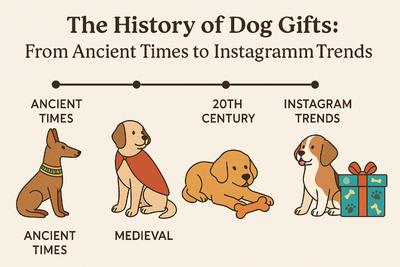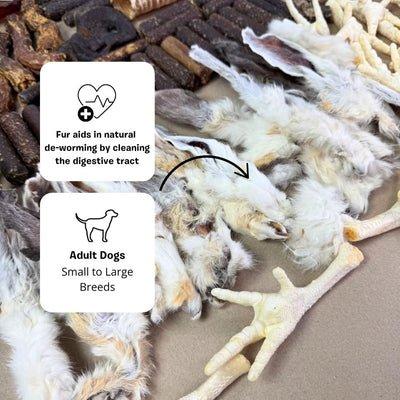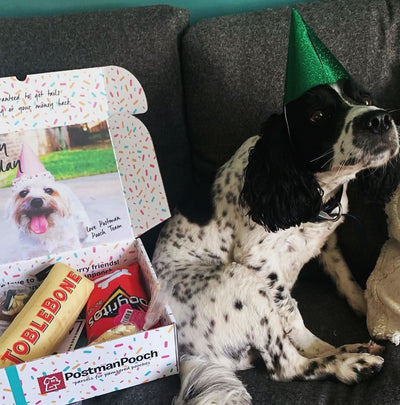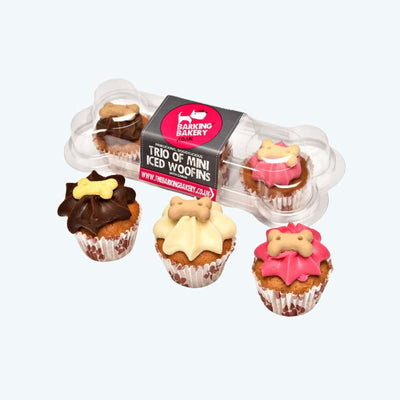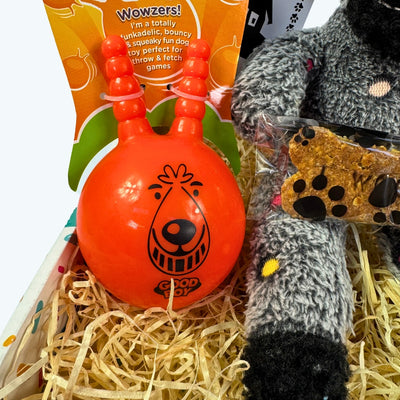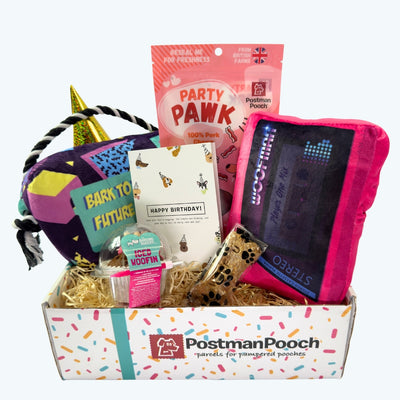If your dog gets anxious the moment you pick up your keys or step outside the door, you’re not alone. Separation anxiety is something a lot of dog owners deal with, and it can be really hard - for both of you.
The good news is, with a bit of patience and the right approach, you can help your dog feel more secure when they’re home alone. Below, we’ll break down what to look out for, what might be causing it, and what’s actually helped other dog owners (including us!).
How Do You Help a Dog With Separation Anxiety?
There’s no magic fix—but there are things that make a real difference. Here’s what we’ve found works best:
- Start small – Begin with short absences, even just a few minutes, and build it up gradually. Think of it like training a muscle—it takes time.
- Set up a calm space – Somewhere they feel safe. Add their favourite toy, a cosy bed (our calming beds help loads), and even something that smells like you.
- Keep them busy – Puzzle toys or treat-filled toys are brilliant for keeping their mind off the fact you’re not there.
- Stick to a routine – Dogs feel safer when they know what to expect. Try to keep mealtimes, walks and play around the same time each day.
- Look into calming aids – Natural options like calming sprays or diffusers can take the edge off for some dogs.
Can You Train a Dog Out of It?
Yes—in most cases. It won’t happen overnight, but many dogs can be trained to feel more relaxed when left alone.
Here’s what helps:
- Desensitisation – Practice picking up your coat or keys without actually leaving. Over time, these little “departure clues” become less scary for your dog.
- No big goodbyes or reunions – It sounds mean, but staying calm when you come and go helps your dog stay calm too.
- Reward the calm – When they manage to stay relaxed (even for a few minutes), give them a treat or praise. It helps build trust.
- Professional help – If it’s really bad, a trainer or behaviourist can make a huge difference. Sometimes, a fresh set of eyes is all it takes.
What Causes Separation Anxiety?
There’s no one answer, but here are a few common triggers:
- Changes to routine – Dogs who’ve had someone at home 24/7 (like during lockdowns) often struggle when routines suddenly change.
- A tough start – Dogs that have been rehomed or abandoned in the past may be more anxious about being left again.
- Lack of early practice – If a puppy never learned how to be alone, they might not know how to handle it as they grow up.
- Strong attachment – Some dogs just bond hard. If your dog follows you from room to room, they may need extra support.
Do Dogs Grow Out of It?
Sometimes—but often they don’t without help. Left untreated, separation anxiety can actually get worse over time.
The earlier you work on it, the easier it is to manage. Don’t feel bad—it’s not your fault, and you’re not alone in this.
Final Thoughts
Dealing with separation anxiety is tough. You worry, they stress, and it can feel like a cycle you’ll never break. But with small steps and the right support, things do get better.
We’ve helped hundreds of dogs (including our own!) feel more settled when home alone. If you're looking for things that can help, here are a few favourites from our community:
Helpful Products for Anxious Pups
- Calming Anti-Anxiety Dog Bed – Super soft, donut-shaped, and made to feel like a warm hug.
- Little Chomper Treat Box – Packed with natural goodies to distract and reward calm behaviour.
- Tough Toys Collection – Built to last and great for keeping their mind (and teeth) busy.
If you’re not sure where to start, feel free to drop us a message—we’re always happy to chat all things dog.






